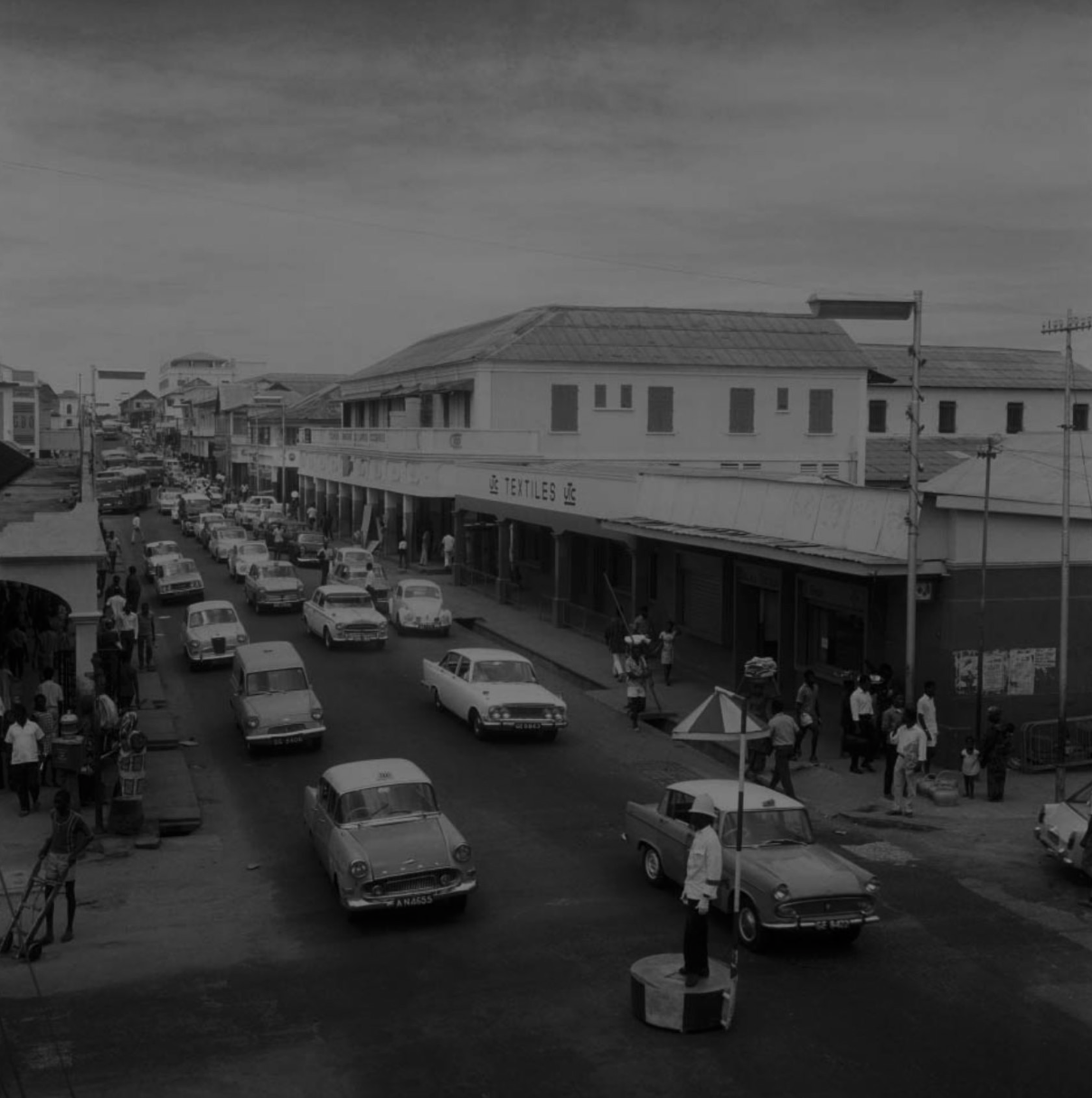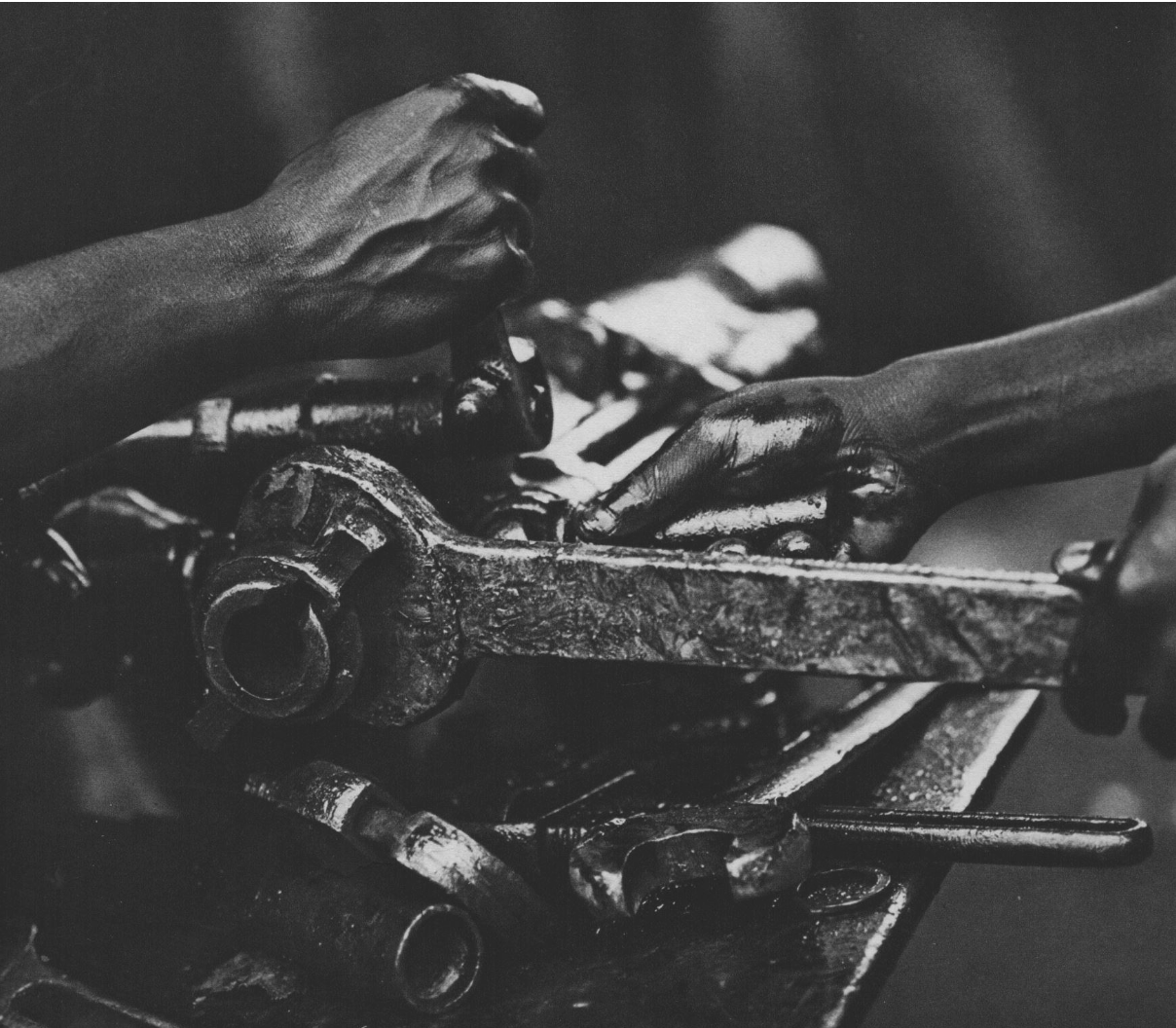

The Willis E. Bell Photographic Archive represents an important period in Ghanaian history and cultural heritage, documenting political figures and events, processes of modernization and industrialization, and recording ceremonial and daily life in rural and urban centers in the decades directly following national independence. One of few remaining professional photographers’ archives from this period in Ghana–and the only one of an expatriate photographer–Bell’s collection is significant for research on local and global photographic practice, challenging prevalent ideas about the role of Western photographers in Africa during the 20th century. It is also important for African history, and the humanities more broadly, as Ghana was the first country on the continent to achieve independence from colonialism in 1957 and played an important role in global civil rights, democratic, socialist, and Pan-African movements during the 1950s-70s, the period Bell documented in his locally renowned images.
Willis E. Bell was an American photographer who settled in Ghana in 1957 and remained there until his death in 1999. Among his few contemporaries in the nation, who were all Ghanaian, Bell was unique as an expatriate photographer, arriving from apartheid South Africa (where he had been working for Drum magazine) keen to document the nascent democracy in Ghana, thoroughly integrating himself within the local community–from the highest levels of government, to renowned artists’ circles, to everyday citizens in rural and urban contexts. As a result, Bell’s photographic collection is remarkable for its extensive scope and diverse range, attesting to the significant role that the American photographer played within the Ghanaian photographic and political landscape in the years following independence. From the late 1950s-70s, he remained at the forefront of professional photography in Ghana and worked for the national government taking portraits of important dignitaries, such as the country’s first President Kwame Nkrumah and other state officials, including Acting Justice Nii Amaa Ollennu and Colonel I. K. Acheampong (President of Ghana from 1972-1978). Some of these photographs were featured on the nation’s newly established currency in 1967. During the 1970s, due to the incredible narrative quality and poetic style of his images, and thanks to his effective mentoring abilities, Bell began training advertising photographers in Ghana’s capital city–many of whom have become doyens of the industry today, such as Fred Attoh, Jacob Obetsebi-Lamptey, and award-winning publicist and filmmaker Kwaw Ansah.